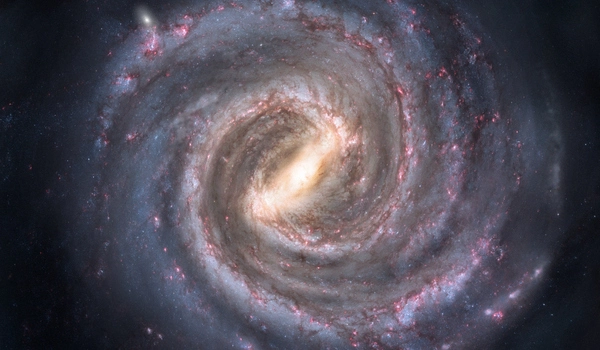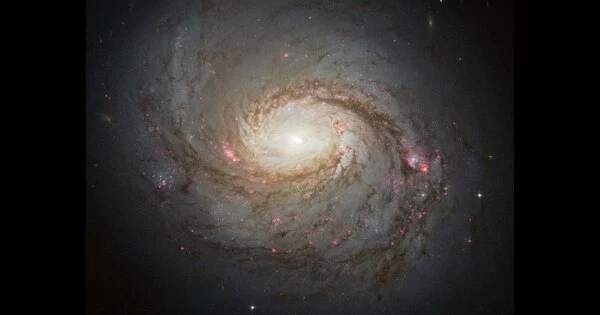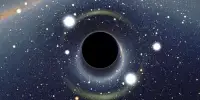Our galaxy, the Milky Way, is typical in that it contains hundreds of billions of stars, enough gas and dust to produce billions more stars, and at least ten times as much dark matter as all the stars and gas combined. Gravity holds everything together.
A group of researchers from the Universidad Nacional de San Juan, the Universidade Federal do Rio Grande do Sul, and the Universidad Andres Bello discovered evidence of a large extragalactic assembly hidden behind one of the Milky Way galaxy’s limbs. The team has posted a paper describing their findings on the arXiv preprint server while waiting for it to be published in the journal Astronomy & Astrophysics.
For some time, space scientists have known that one part of the night sky is mostly obscured from view due to a bulge in the galaxy. It’s known as the “zone of avoidance,” and it accounts for about 10% of the dark sky, leaving scientists wondering what’s behind it. The zone has not been well studied because it provides researchers with so little to work with; thus, little is known about what it may be hiding. The researchers used a variety of tools in this new effort to gain a better understanding of what might be hidden from view.
The researchers discovered several galaxies that exist far beyond the Milky Way by studying infrared imagery. Because of their size, the researchers believe they form what they call a massive extragalactic structure. They estimate that there might be as many as 58 galaxies in the structure.
Over the past several years, scientists have used a variety of tools to probe the zone of avoidance. The researchers with this new effort started by gathering all of the data that has been collected so far and added more using information recently obtained from the VVV Survey.
The VVV Survey is a project sponsored by an intergovernmental research organization called the European Organization for Astronomical Research in the Southern Hemisphere. It involves multiple state-of-the-art research facilities located at multiple sites. The survey has been involved in studying the stars using infrared emissions rather than visible light. Such emissions are able to pass through the gas, dust and light from the stars in the bulge and on to instruments set up here on Earth.

After the Big Bang, the Universe was composed of radiation and subatomic particles. What happened next is up for debate – did small particles slowly team up and gradually form stars, star clusters, and eventually galaxies? Or did the Universe first organize as immense clumps of matter that later subdivided into galaxies?
Galaxies’ shapes are influenced by their neighbors, and galaxies frequently collide. The Milky Way is on a collision course with our nearest neighbor, the Andromeda galaxy. Despite being the same age as the Milky Way, Hubble observations show that the stars in Andromeda’s halo are much younger than those in the Milky Way. Astronomers believe that Andromeda has already collided with at least one, if not several, other galaxies based on this and other evidence.
The researchers discovered several galaxies that exist far beyond the Milky Way by studying infrared imagery. Because of their size, the researchers believe they form what they call a massive extragalactic structure. They estimate that there might be as many as 58 galaxies in the structure.
















